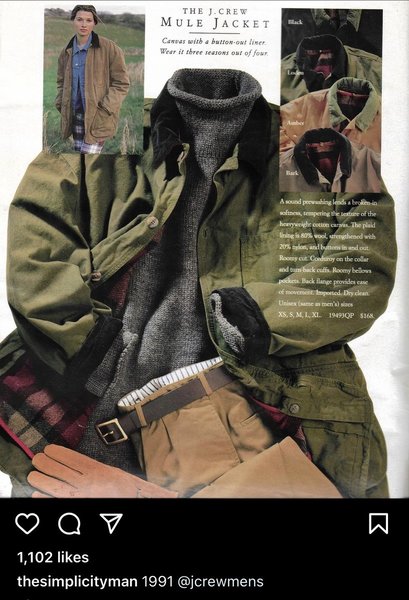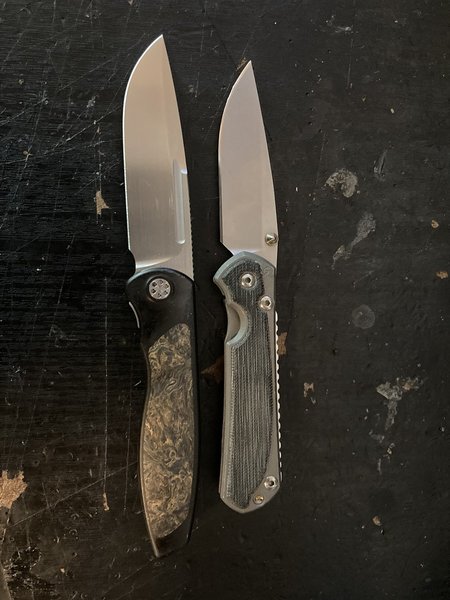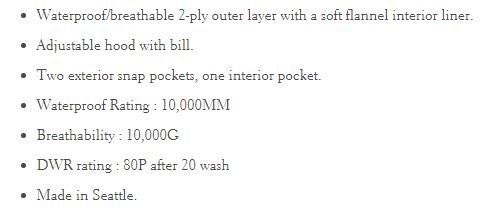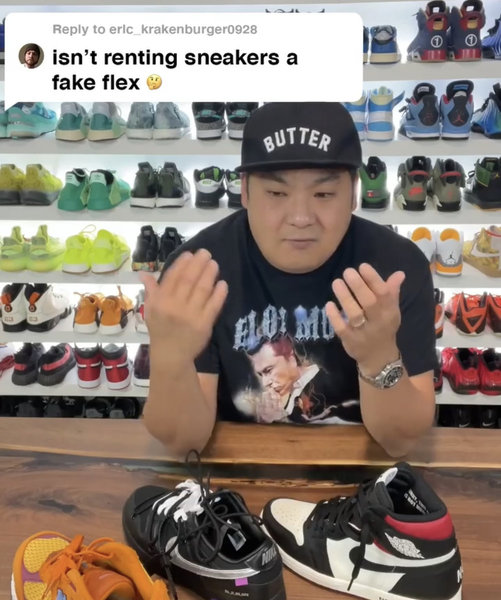Fuuma
Franchouillard Modasse
- Joined
- Dec 20, 2004
- Messages
- 26,952
- Reaction score
- 14,545
Google study telling you young people think google is really cool:
https://storage.googleapis.com/think/docs/its-lit.pdf
Lots of mentions of cosmetics, trainer brands, Supreme, Uniqlo, etc.
https://storage.googleapis.com/think/docs/its-lit.pdf
Lots of mentions of cosmetics, trainer brands, Supreme, Uniqlo, etc.
Last edited:































